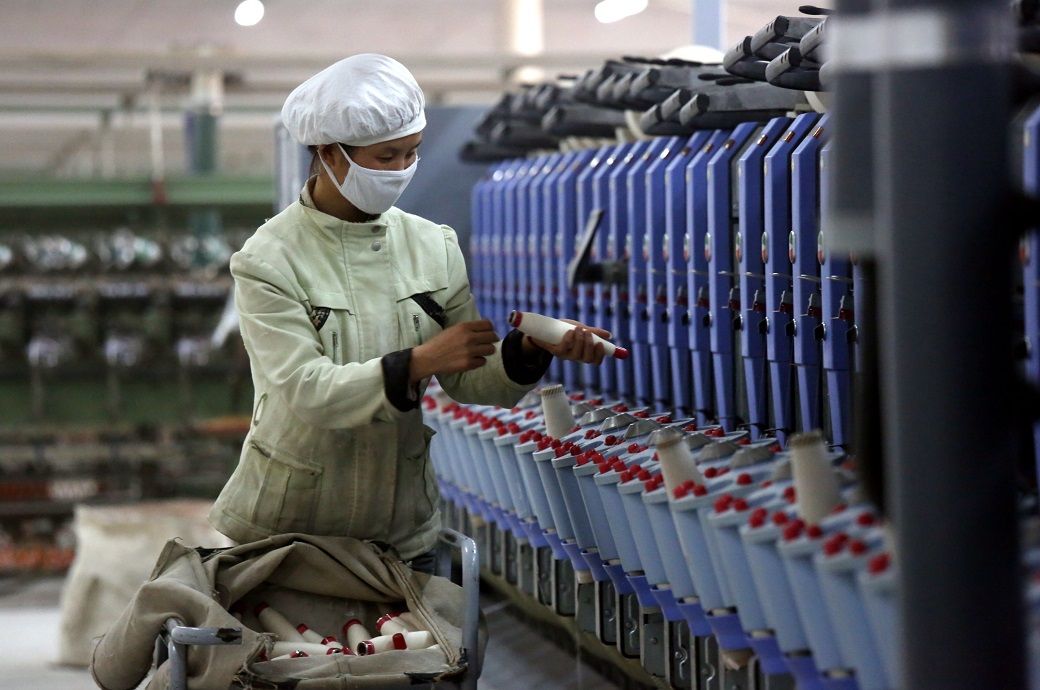
Data broken down by country indicated that five of the seven ASEAN constituents monitored by the survey reported stronger business conditions in June. Leading the upturn was Thailand. Though solid (PMI at 53.2), the rate of growth slipped further from April’s record-high, signalling a much softer expansion during June.
Clustered together, growth across Singapore (52.7) and Indonesia (52.5) was modest overall. That said, the rates of expansion accelerated across both nations, pointing to the strongest upticks in seven and two months respectively. Moreover, they were the only two countries to record stronger growth in June, as per S&P Global.
As has been the case since February 2022, Filipino manufacturers registered an improvement in the health of its manufacturing sector. That said, the seasonally adjusted headline figure (50.9) was the second lowest observed in the aforementioned sequence, signalling only a modest improvement overall.
Manufacturing firms across Myanmar also reported a slight improvement in operating conditions. Though much weaker than the survey-high recorded in April, a reading of above 50 was still a positive development for this sector which has been in decline for most of the last three years.
The headline numbers from Malaysia and Vietnam continued to signal deteriorating business conditions, with contractions recorded for the tenth and fourth month running respectively. While Malaysian manufactures signalled the quickest deterioration since January (47.7), manufacturing firms across Vietnam indicated a shallower downturn (46.2) than compared to the sharp reduction reported in the preceding survey period.
Central to the improvement in overall ASEAN manufacturing conditions were further expansions in both new orders and output. While the former registered a quicker rate of increase, production volumes grew at the weakest pace since December 2022.
In line with the softer uptick in output, manufacturing firms raised their buying activity at the slowest rate in five months. In terms of inventories, firms continued to build their stocks of raw materials and semifinished goods for the third straight month. However, post-production inventories were depleted for the second consecutive month, albeit only fractionally.
Elsewhere, supply chains continued to show signs of improvement, as average lead times for inputs shortened for the fourth straight month in June. Though modest overall, the rate at which delivery times improved was the most pronounced in three and a half years.
Additionally, the improved supply situation helped to ease price pressures during June. Cost burdens expanded at the slowest rate since October 2020. Consequently, manufacturing companies raised their charges to the weakest extent since the current run of output price inflation began in November 2020.
The sustained, albeit softer growth across the sector helped to revive confidence across ASEAN manufacturing firms in June. The level of optimism strengthened from May’s 34-month low. That said, the latest index reading remained below the average recorded over the series history.
Lastly, despite the sector’s overall positive performance, ASEAN manufacturing firms failed to raise employment for the fourth consecutive month. The rate of job shedding remained marginal, however, and was similar to those recorded in the three prior months.
Fibre2Fashion News Desk (DP)